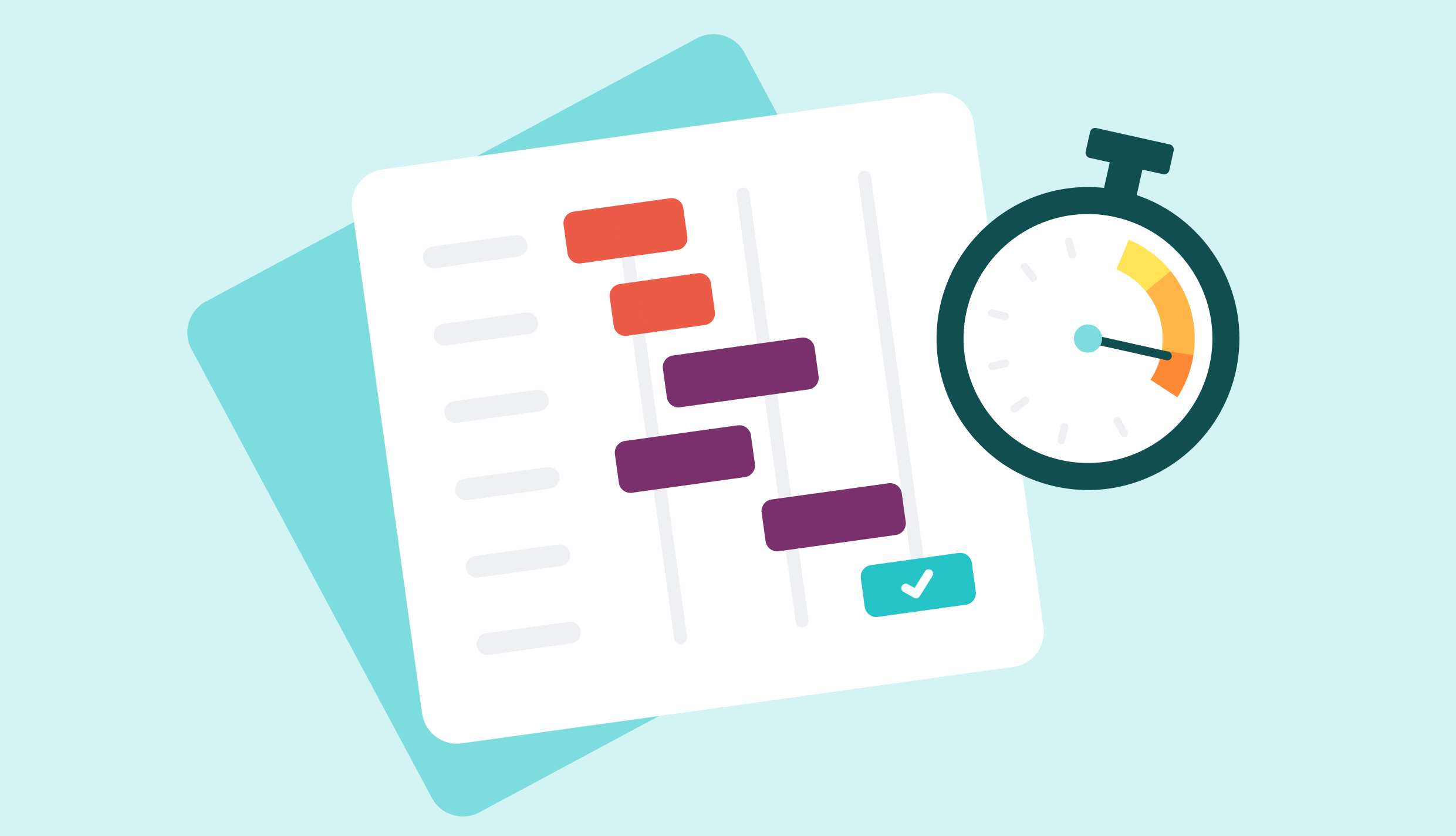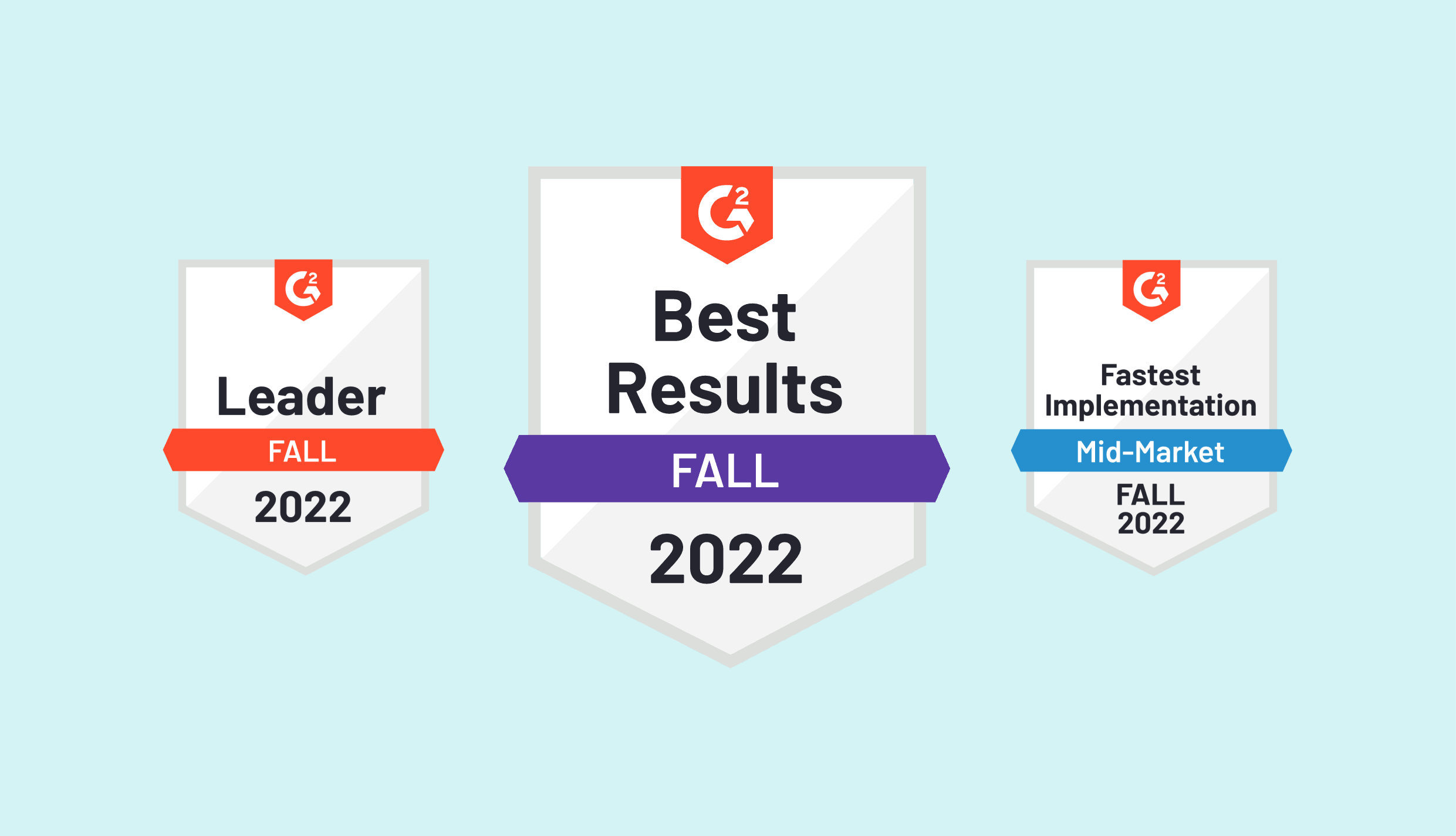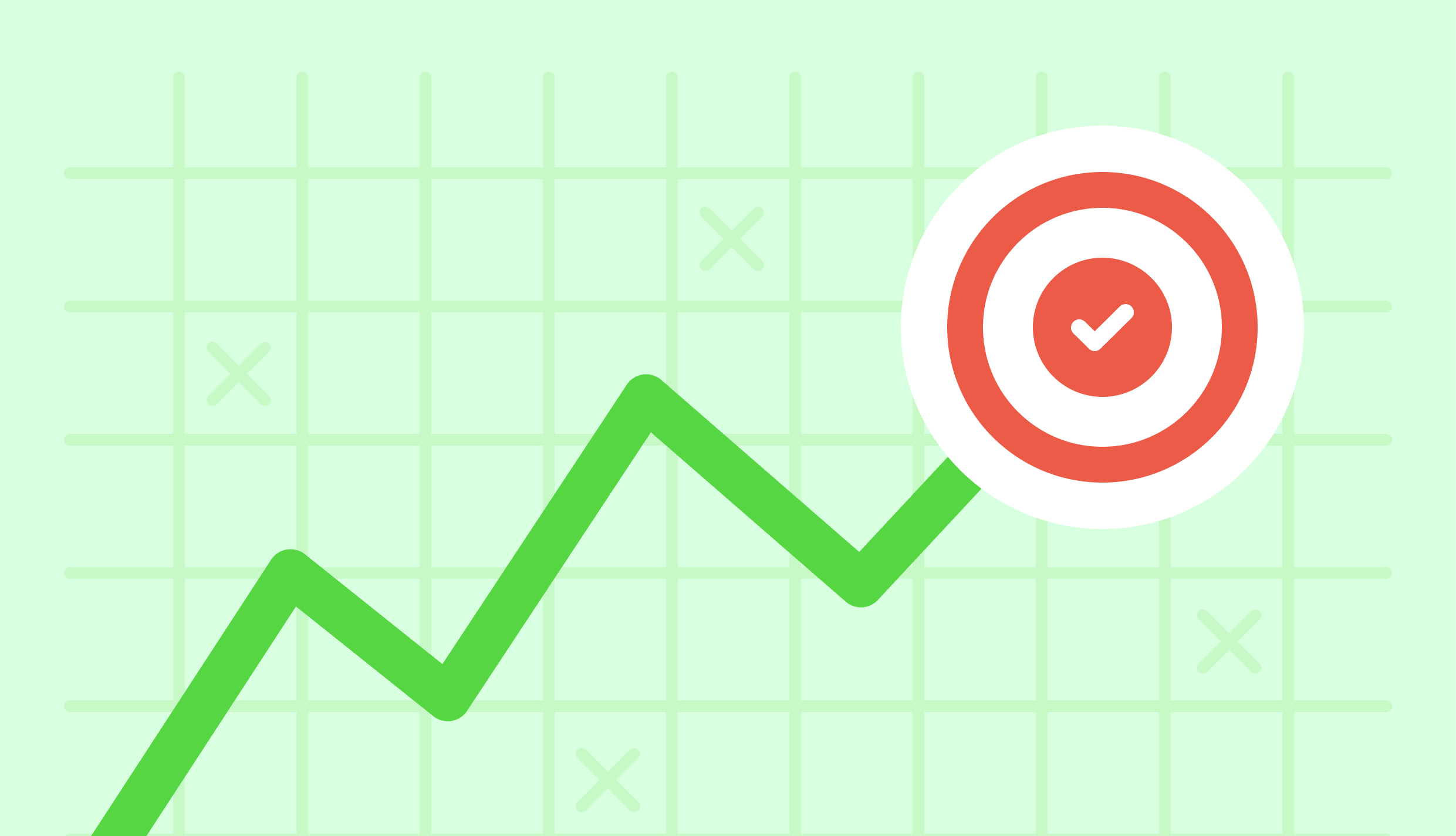
Last updated October 14, 2022
Introduction to Professional Services KPIs and Metrics for Consulting Services
To keep your professional services organization growing and running profitably, it’s important to keep a constant pulse on your professional services KPIS (Key Performance Indicators) and make adjustments to optimize work and plan for future projects. We’ll dive into six professional services KPIs and metrics, but it’s also interesting to look at other industries as well. Specifically, if you look to the SaaS world, the metrics that matter are well defined, distributed and debated:
- SaaS Magic Number
- Sales Efficiency
- SaaS Efficiency
- Net Dollar Retention
- Annually Recurring Revenue
- The rule of 40
- The list goes on…
When you enter into a professional services and consultant world, it almost feels like the cobbler’s kids have no shoes. Professional services organizations and consulting firms guide amazing strategy work, solve difficult problems, implement complex technology and work tirelessly to deliver great work for their customers.
Look no further than SPI Research’s Professional Services Maturity Benchmark to confirm that there are a large number of “have nots” lacking the same level of strategy, technology and insight into the metrics that matter for their own organization.
Beyond that, The Resource Management Institute recently cited that 60% of even the most mature professional services teams want better reporting and analytics.
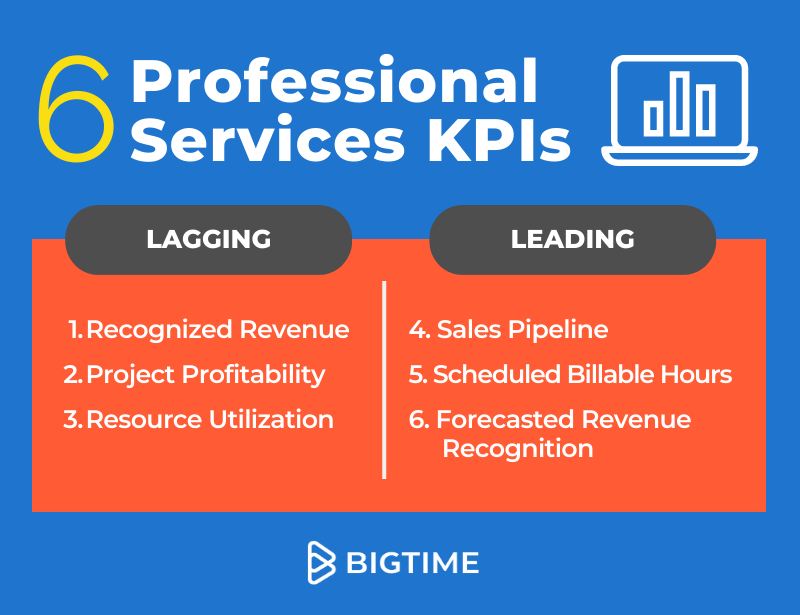
But What About Professional Services KPIs?
We have worked with hundreds of services organizations to illuminate and measure professional services metrics and performance metrics for consultants. These are the key metrics that keep them in business (and growing) year after year.
We like to think of KPIs for service business as regularly asked questions that, when answered, determine the health of the organization. Some metrics around consulting performance measurement answer “What happened?” and some “When can that happen?” When combined, they work to balance the shifting priorities of projects, people and revenue in a services organization — ultimately resulting in a growth strategy for consulting.
Professional Services KPIs Are Nuanced
Regardless of whether you’re a software solution measuring SaaS professional services metrics, or a consulting company focused on KPI metrics for professional services, there is no one size fits all model. Let’s take a look at 6 useful metrics and KPIs for consulting services and professional services organizations:
Lagging Indicator KPIs for Services Organizations:
#1 – Revenue
The amount of money the organization generated through service delivery. Also known as gross sales. It answers the question “what did we earn for what we sold.” As a backward looking view, revenue has implications with the type of contract signed. Project accounting is a foundational practice to measure revenue well across all projects.
#2 – Project Profitability
Every project needs to be measured financially. Project profitability is a key element to that. How much does the project cost us (time, expense, overhead) against how much revenue the project is creating and what project margins were? This will show how successful your revenue model is and which projects are the strongest. If we do this at a micro project level, it makes measuring overall profit margin significantly easier at a macro level.
#3 – Utilization
Utilization is a key metric to understand the well-being of your team (burn out) but also the productivity of your organization. This should be measured in a more nuanced way – billable utilization, productive utilization and chargeable utilization are three different ways to understand time inside a professional services organization. By looking at a combination of historical and forecast data, this consulting KPI gives you the power to boost profit from efficiency.
Professional services KPIs measuring what has happened is by far the easiest and most common way to think about your performance. Revenue, for example, paints a nice picture of what has happened in the past. And if you add in project-based accounting, you’re able to get some great understanding of fixed price projects.
And while measuring the past is interesting and important, it doesn’t always answer “What can we do?” For that, turn to leading indicators.
Leading Indicator KPIs for Service Business:
The past is interesting but if we make decisions off of what has happened only, it will not allow services leaders to get to the outcomes. Professional services KPIs have to include the future to accurately and effectively grow a services organization. A few of the key metrics for service business worth surfacing are:
#1 – Sales Pipeline
The majority of services organization go back to what they can measure readily–pipeline. There are plenty of ways to measure pipeline weighted, unweighted, and using interesting tools like Clari to bring AI into your forecast. Ultimately, what we want to measure with the sales pipeline is capacity planning so that we can manage the supply and demand of the delivery team.
#2 – Scheduled Billable Hours
Tells you how busy billable employees are planned to be. Critical to understand this is actually having the ability to schedule and actively manage all projects and resources across the organization. This coupled with utilization tracking informs expected revenue per billable consultant and helps delivery organizations understand what to sell and when it can start.
#3 – Forecasted Revenue Recognition
Knowing when you can recognize revenue over the course of your projects is critical for accounting rules and has to be informed by accurate project tracking to determine key milestones and percent complete. The next level of that is being able to forecast that into the future. Professional services KPIs that include this metric provide visibility into the future of the business.
Tracking and managing leading indicators will directly impact the lagging ones. If scheduled billable hours decline, so will revenue and utilization. All professional services KPIs need balance as part of a service firm’s growth strategy. Thinking about leading and lagging indicators provide a view into the past and prediction into the future.
Getting the Measures Right: Professional Services Management Software
In summary, the top 6 professional services KPIs to consider are:
- Recognized Revenue (Lagging)
- Project Profitability (Lagging)
- Resource Utilization (Lagging)
- Sales Pipeline (Leading)
- Scheduled Billable Hours (Leading)
- Forecasted Revenue Recognition (Leading)
Most mature services organizations need a system to track their professional services metrics and make adjustments to optimize the work and plan for future projects. PSA software is an example of a system that can synthesize data to track lagging and leading key metrics for service business while also answering “what’s happening now?” Stronger measurements lead to better management.
A PSA tool like BigTime Software enables project cost tracking and syncs with project accounting software. Project resources are managed against one or more utilization targets (Projector by BigTime offers the ability to measure three types of utilization), and project profitability is visible not just at a portfolio level, but at a manager level where changes made can most affect outcomes.
All these underlying data points feed your organizational KPIs. Billable utilization, time to staff, even customer churn and NPS scores can be tracked, and may even ultimately be more important than the high level KPIs you set out to track.
The best PSA system will also allow for hypothetical modeling based on the very same data you depend on to run the business. We’ve built our Projector BI tool to manage service KPIs at every level of the organization, enabling visibility and accountability across the business.
After you have your dashboards set up for tracking the KPIs that are valuable to you, reports can be pulled in minutes to share all four of these KPIs easily with your leadership team. You can also create custom user rights for staff to view analytics that is valuable to their success without sharing full business performance metrics.
For more on the KPIs that matter, dig into our blog post on billable utilization, check out our webinar on KPIs for consulting services, or download our most popular white paper on The Metrics and KPIs That Matter For Professional Services Organizations.
And reach out to us any time to schedule a demo to see how BigTime can help your services teams measure and manage their success.
Frequently Asked Questions About Professional Services KPIs
What are the top 6 professional services KPIs?
The top 6 professional services KPIs and metrics to consider are:
1. Recognized Revenue (Lagging)
2. Project Profitability (Lagging)
3. Resource Utilization (Lagging)
4. Sales Pipeline (Leading)
5. Scheduled Billable Hours (Leading)
6. Forecasted Revenue Recognition (Leading)
What are KPIs for consulting firms?
A KPI in consulting stands for Key Performance Indicator, or quantifiable metrics for how to measure consultants’ performance over a period of time. Top consulting KPIs balance the shifting priorities of projects, people and revenue in a services organization — ultimately resulting in a growth strategy for consulting.
What is the difference between leading and lagging KPIs for professional services?
Leading Key Performance Indicators (KPIs) are comprised of predictive metrics to accurately and effectively provide a view into the future to help a services organization grow, whereas Lagging KPIs provide a view into the past. Tracking and managing leading indicators will directly impact the lagging ones and all professional services firms’ KPIs need balance.
What are lagging KPIs for service businesses?
Lagging KPIs for service organizations include:
1. Revenue: The amount of money the organization generated through delivery of services.
2. Project Profitability: Every project needs to be measured financially. Profitability is a key element to that.
3. Utilization: A key metric to understand the well-being of your team (burn out) and also the productivity of your organization.
What are leading KPIs for service businesses?
Leading KPIs for service organizations include:
1. Sales Pipeline: Ultimately, what we want to measure with the sales pipeline is capacity planning so that we can manage the supply and demand of the delivery team.
2. Scheduled Billable Hours: Tells you how busy billable employees are planned to be.
3. Forecasted Revenue Recognition: Knowing when you can recognize revenue over the course of your projects is critical for accounting rules and has to be informed by accurate project tracking to determine key milestones and percent complete.

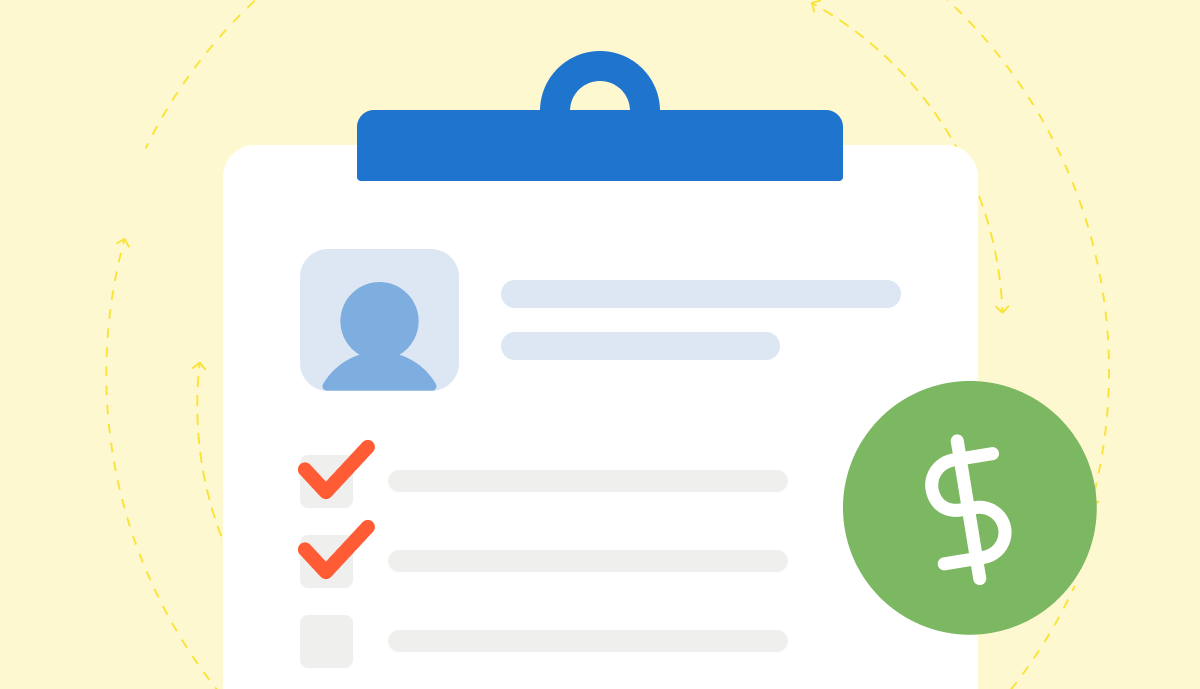
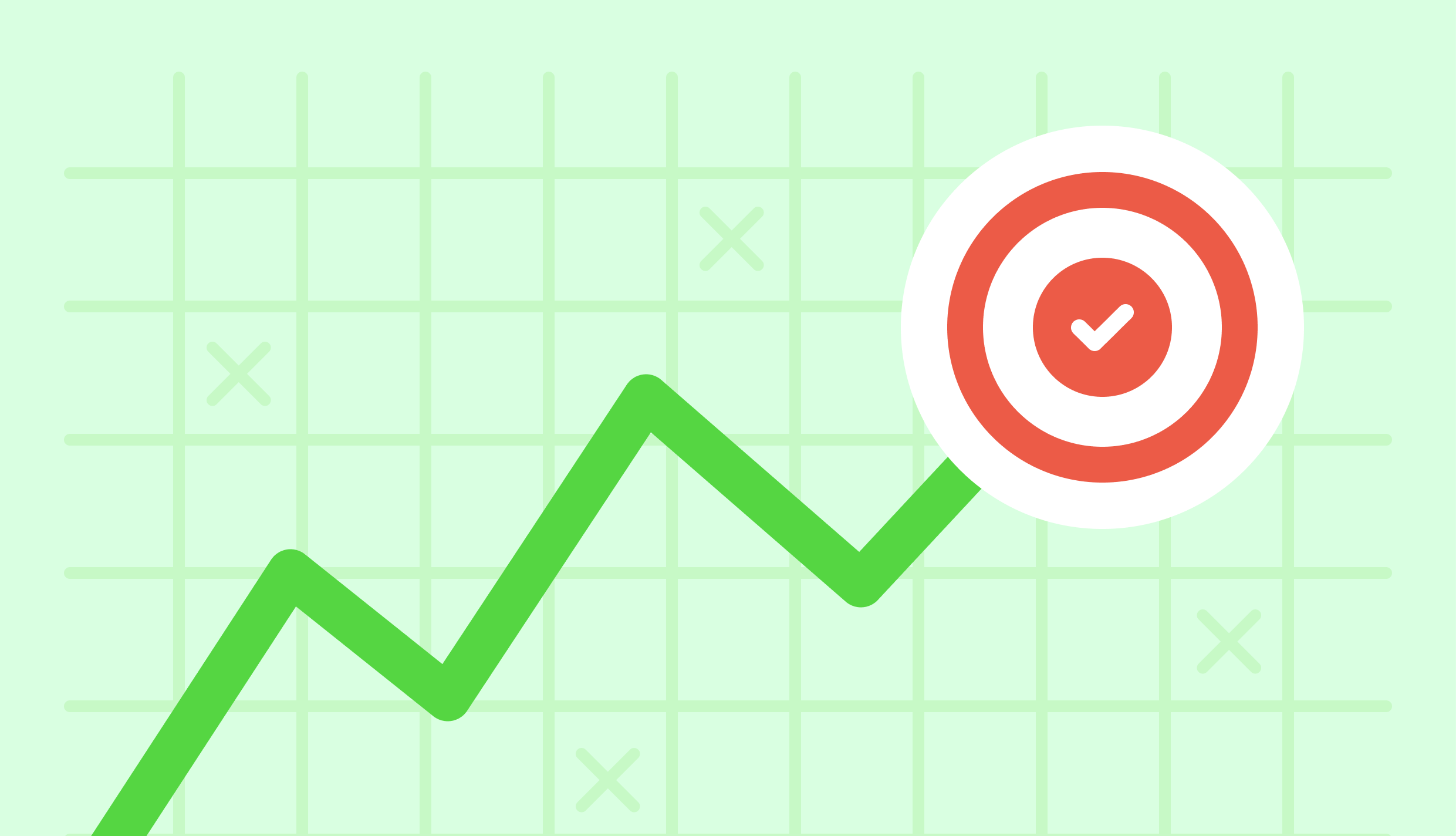
.png)

